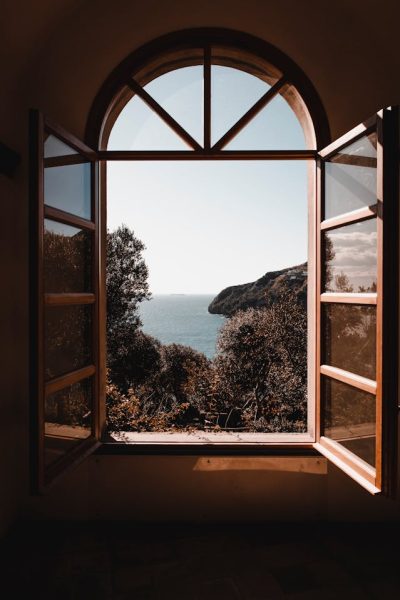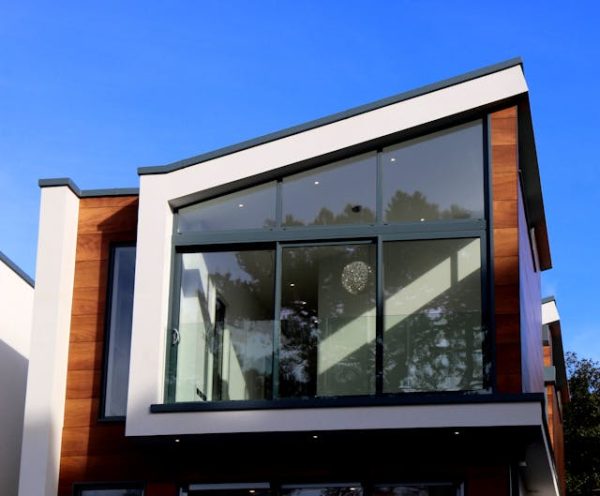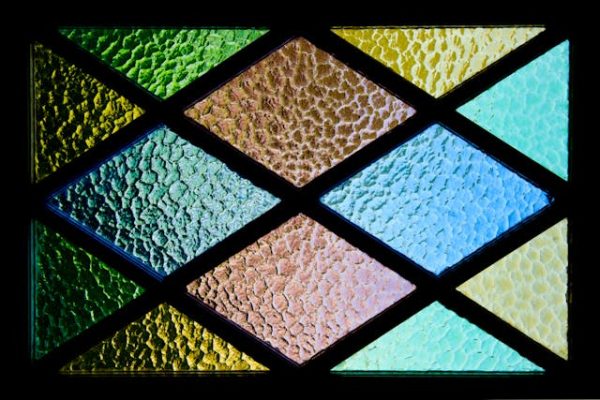
Windows come in a variety of styles. If you’ve been thinking of replacing or adding a window to your home, it could be important to take your time to explore different types of window. This includes different mechanisms, frame materials and glass types. Below is a guide to all the things you may want to consider.
Which window shape?
First, you should consider the shape of the window. If you’re replacing a window, you’ll likely want to stick the same shape as the existing window. However, if you’re adding a window, you can choose from any shape (although certain shapes may still suit certain parts of the home better). Some of the most popular shapes include:
- Rectangle: This is the most popular shape and one of the easiest to install.
- Square: Square windows are also very popular and easy to install.
- Archway: Archway windows can add character to a room and may even make a room feel taller.
- Circle: Circles represent wholeness and unity. A circle window can make an interesting architectural feature, however these windows are more complex and expensive to install.
- Semicircle: Semicircle windows are most commonly found over front doors or in attics between two sloping roofs.
- Bay: Bay windows consist of three rectangular windows protruding from a wall in a semi-hexagonal shape. They can add more space to a room and let in more sunlight.
- Bow: Bow windows are similar to bay windows but have a more curved shape.
Which window mechanism?
Next, you should consider how the window opens. Certain opening mechanisms can provide more security, while others can provide more ventilation. A few of the most popular mechanisms include:
- Picture: Picture windows do not open. They are designed simply to capture a view or let in light. They’re great for security, but not ideal for rooms where you need ventilation.
- Casement: Casement windows are the most popular window. They hang from hinges located on the side, so that they open similarly to a door. They can often be locked by turning a handle, making them very secure.
- Awning: Awning windows are attached by hinges on the top, so that they open more like a cat flap. This allows them to let in air, while keeping rain out.
- Sash: A sash window is designed to slide up and down. When open, it provides superior ventilation. They tend to suit the style of older homes well.
- Double Hung: Double hung windows consist of two sash windows on top of one another. This allows you to slide the bottom part up or the top part down, providing even greater ventilation than a standard sash window.
- Sliding: Sliding windows are similar to sash windows, but slide open from the side rather than up and down. They similarly offer great ventilation and are easy to open (which can make them not as secure as other window styles).
- Tilt and turn: Tilt and turn windows have a smart design that allows them to open like casement windows or awning windows that rotate from the middle. This provides flexibility as to how you want to open them.
When it comes to multiple windows in a single frame, you may be able to choose two or more different mechanisms. For example, it is popular for bay windows to contain a mixture of picture, casement and awning windows within them – allowing flexible ventilation.

Which frame material?
Window frames can be manufactured from a range of materials. Each material offers a different level of security and insulation, while also requiring a different level of maintenance.
When choosing a frame material, most homeowners like to try to maintain a sense of consistency throughout the home. That said, you don’t have to stick with the same frame materials throughout your home and may be able to mix and match tastefully by sticking to the same color.
Some of the most popular types of material include:
Timber
Timber is the most traditional frame material and tends to be the most suitable choice for older properties. A lot of people find timber windows charming and they can add a lot of value to a home. Timber windows provide great insulation, but may not be the most secure option and require a lot of maintenance. Hardwoods like oak and teak are popular choices but can be expensive. Softwoods like pine and spruce are cheaper, but higher maintenance.
Metal
Metal window frames provide a modern look that is better suited to newer properties. They are the most secure window frame material – they’re known for withstanding storms and are very hard to break into. The downside is that they’re not as energy-efficient as other windows. Steel and aluminum are the two most popular metals used in window frames. Steel is the strongest option, but can be more prone to corrosion than aluminum.
Vinyl
Vinyl windows (also known as polyvinyl chloride or PVC windows) are some of the most affordable windows. They offer a great balance of good security and good insulation, and they require almost no maintenance. Unfortunately, they’re known for warping and discoloration over time – often requiring replacement well before timber or metal windows. They may also look out of place on an older property.
Composite
Composite windows are made from a mixture of wood and plastic. They tend to offer the best properties of any frame material: they’re very secure, offer superior insulation and require no maintenance. Materials like Fibrex used in Renewal by Andersen windows are even designed to look like natural timber, making them more suitable than vinyl frames on an older property. What’s the catch? Composite window frames may cost more than other frames. However, you can still find great discounts out there if you choose the right window company at the right time.

Which glass type?
Let’s not forget about the glass! This is probably the most important part of a window. There are many different types of glass that can have different effects. Below are some popular options worth exploring.
- Low-e glass: If insulation is a priority, choose Low-E glass. Its low emissivity coating helps trap heat in. These windows can also keep a home cool in summer by keeping heat from the sun out.
- Toughened glass: Toughened glass is resistant to high temperatures and very hard to break, making it one of the most secure options. If you do manage to break a toughened glass window, it will shatter into many small pieces.
- Laminated glass: Laminated glass is another very secure option. It is commonly used in shop windows because of how hard it is to break into.
- Obscure glass: Obscure glass windows are designed to provide privacy and are common in bathrooms. Although you cannot see easily in or out of them, they still let in as much light as regular windows.
- Low-iron glass: If you want to maximize the amount of natural light coming through a window, choose low-iron glass. These windows have added transparency compared to regular windows, helping to let in more light.
- Acoustic glass: Acoustic glass is designed to muffle sounds. Windows containing this glass are a good option if you want to insulate against outside noise.
- Stained glass: This is a highly decorative style of glass that can add character and value to a home, while also offering privacy. This House & Garden guide delves more into stained glass.
Other features to consider?
When choosing new windows, there are other features you may want to consider:
- Locking: Some windows can be fitted with locks that have keys for added security.
- Double panes: Double pane or triple pane windows provide additional layers of glass with insulating gas between for reduced heat loss and better security.
- Shutters: When installing new windows, you may want to fit shutters for added security and privacy.
Conclusion
Clearly, there’s a lot to consider when choosing new windows. A window installation expert may be able to recommend the best types of windows for your goals and budget. Make sure to shop around for quotes for the best deal.

